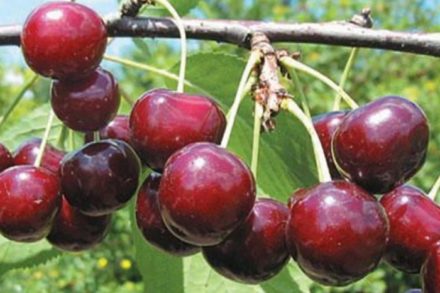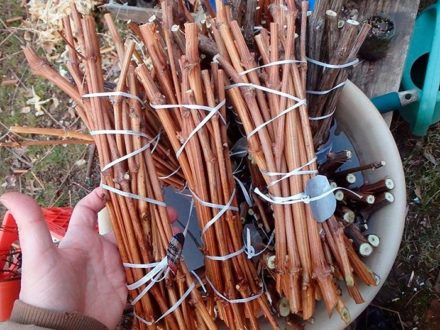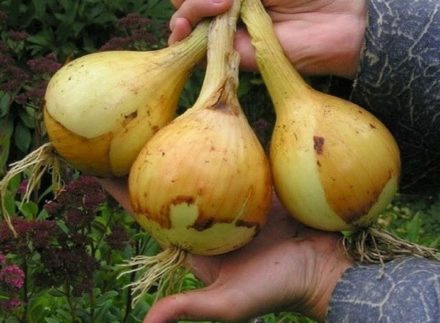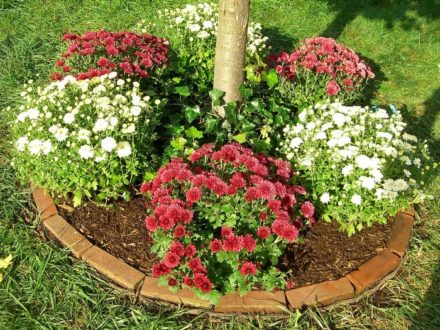Most common cherry varieties have a crown that is prone to thickening, so to get a good harvest, you will need to prune the tree in the spring. By following the simplest rules and recommendations, you can carry out this work correctly, always reaping a wonderful harvest in your garden.
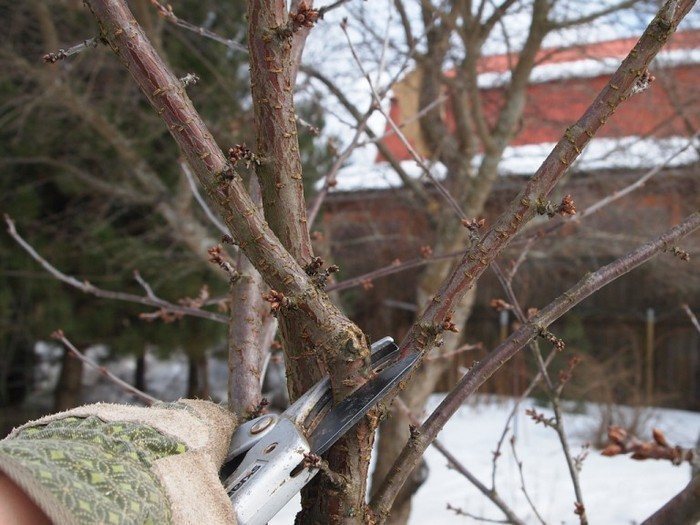
Correctly determine the cutting time
First of all, you need to decide on the time for performing such spring pruning of cherries. It is better to do this while the tree is at rest, but the air temperature should be positive. In the middle zone and Moscow region, such work is carried out in the second half of March, and in the south the crown is cut off at the end of February.
Using a quality tool
The ease and correctness of such pruning of cherries will depend, among other things, on the use of high-quality and correctly selected tools. For gardening work you will need pruning shears, loppers, a knife, a hacksaw and, of course, a stepladder. The tool must be disinfected, which will prevent the spread of various infectious diseases throughout the garden, which can cause many problems for the gardener.
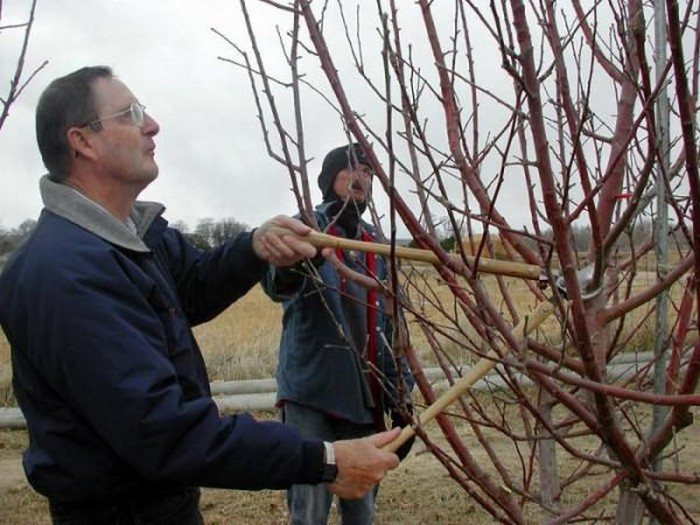
Choosing a Trimming Pattern
It is not recommended to touch annual seedlings; damaged shoots can be removed. This work is carried out in early spring or autumn in preparation for winter. The formation of the first row of the crown is carried out in the second year after planting the tree.In the third year, when the cherry tree has already reached a height of 2 meters, the shoots are pruned, especially those directed inside the crown. The formation of the crown is completed in the fourth year, removing shoots growing inward, and shortening the branches of the third tier.
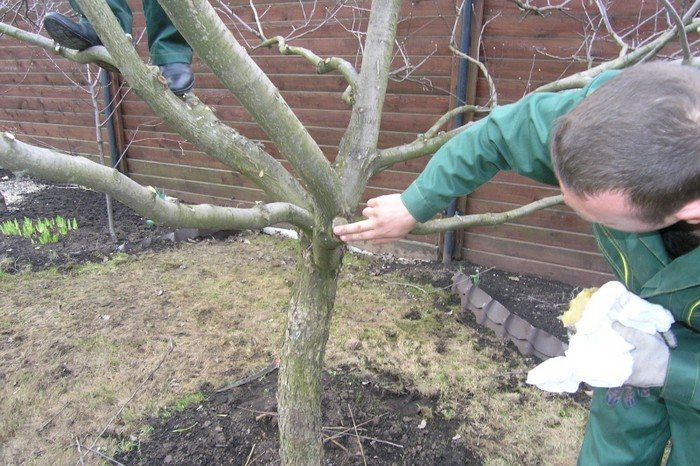
Proper aftercare
Usually, 2-3 days after pruning the tree, the cuts dry out, after which preventive treatment of the cherry tree against insect pests begins. The sections are lubricated with garden varnish, which prevents the appearance of gum. It would be useful to feed the tree, for which they use both mineral compounds and organic fertilizer. In the spring, gardeners use nitrogen-containing fertilizers, which stimulate the growth of young shoots. All that remains to be done is to water the cherries generously after the buds swell and the first greenery appears, and subsequently the tree will bear fruit well due to the correctly formed crown.
Sanitary pruning
In the spring, the gardener will need to carefully examine the cherries for damaged and frozen shoots, which must be removed.
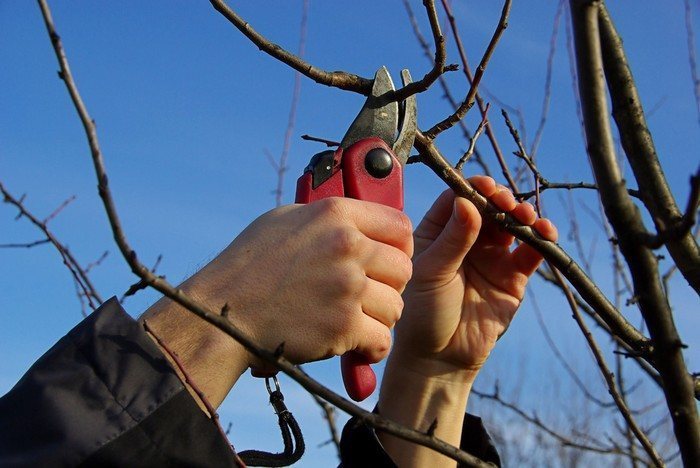
Sanitary pruning helps prevent the weakening of the tree, ensuring its excellent subsequent yield. The easiest way to carry out such work is during the period of swelling of the buds, when it becomes clear which shoots and branches did not survive the winter.



